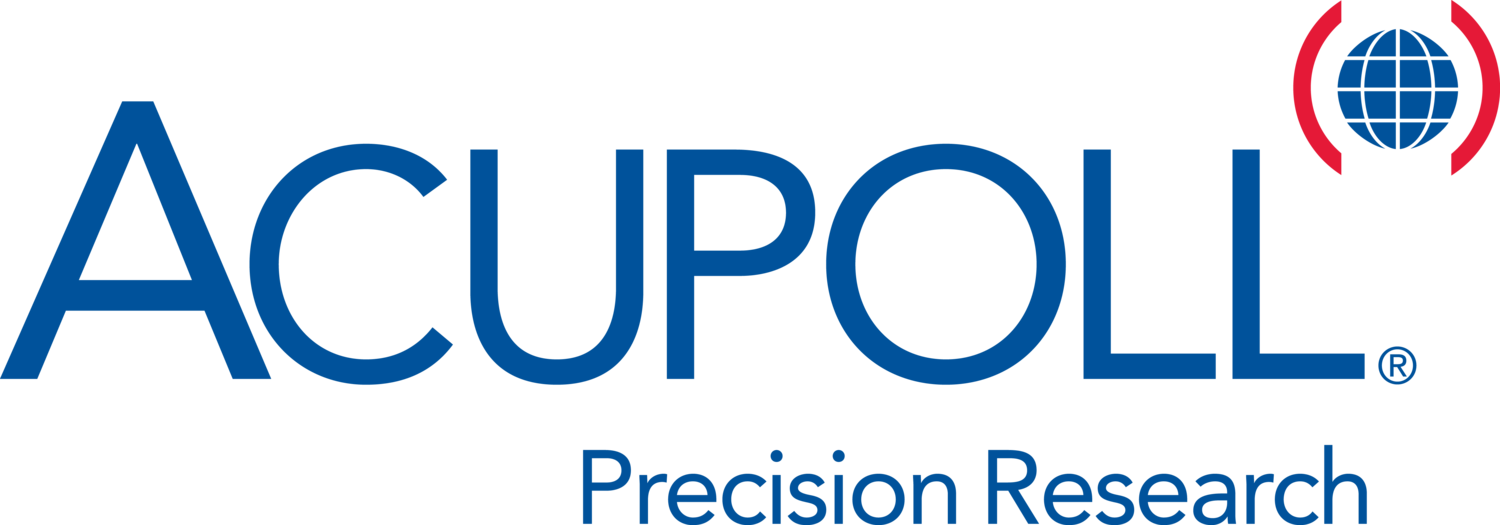Brands are finding the need to partner more than ever, from co-brands like Crest+Scope, to co-locations like Starbucks inside Target stores or Dunkin’ Donuts inside gas stations, to brand sponsorships like branded NASCAR vehicles, and even movie and media integrations like Coke and American Idol. But just because brand demos or even equity attributes line up doesn’t make you the perfect mates; the brand personas can still mix like oil and water (i.e. Crisco and Aquafina). That’s why ACUPOLL developed a new technique to better understand brand archetypes.
Archetypes
Archetypes themselves are nothing new. They are as deeply rooted in the gods of ancient Greece as they are personified in the characters of Star Wars. What makes archetypes useful for brands is that they are universal in nature and begin to form the foundation that can inspire design and messaging strategy. And, when used correctly and consistently, they can serve as the deepest connection between a brand’s soul and its consumers.
The book The Hero and The Outlaw, by Margaret Mark and Carol S. Pearson, defines the twelve universal Archetypes: Hero, Outlaw, Caregiver, Innocent, Ruler, Sage, Explorer, Regular Guy, Lover, Magician, Creator, and Jester.
Coke, for instance, is an Innocent and is an excellent example of an iconic brand that has stayed true to an archetype (intentional or not). Innocent brands are associated with goodness, morality, simplicity, nostalgia, or childhood. They represent a desire for purity and a longing for paradise. You can see the underlying Innocent persona in Coca-Cola’s communications, from “Teaching the World to Sing” to the Coca-Cola Polar Bears.
Some other notable brands that stay true to one of the twelve Archetypes are Nike (Hero), Harley-Davidson (Outlaw), Jeep (Explorer), Bud Light (Jester), and American Express (Ruler).
So the question becomes: “How can archetypes be applied to help solve the problems of brand “fit” and “activation”?
Fit
Knowing the archetype of the brand and the potential partner will allow you to easily identify the strongest match. For instance, Nike and the NFL are both “Hero” brands and, thus, collaborating is mutually beneficial and serves to elevate both brands.
But this partnership doesn’t work simply because they have the same archetype. Success is the result of the way in which Nike’s NFL sponsorship is communicated. Nike personifies the kind of Hero that another Hero would expect.
Despite different archetypes, any brand partnership is a potential sponsorship fit with the right communication strategy. This less obvious alignment is best illustrated by Nike’s long attempt to sponsor skateboarding. For years, their sponsorship was considered a failure in this “Outlaw” sport. Nike portrayed itself as the Hero to an audience that disdained the notion of the traditional Hero. Success did not come until Nike decided to unearth what a Hero might look like through the eyes of an Outlaw.
Activation
Once brands and partnership opportunities are aligned, and the strategy of “what” to communicate is determined, the archetype of the consumer can tell you where and how to say it. By segmenting the partner brand by degree of “fandom” (such as hardcore, casual, light, and non), a brand can properly leverage and activate a partnership and maximize ROI.
In this example, the NFL may try to create a Hero brand for itself. It does a good job as its core audience perceives it as a Hero. But not all brand communication takes place on Sunday afternoons in the fall. To fully integrate and activate the sponsorship within a brand’s total marketing strategy, you need to find the best way to incorporate the sponsorship among more than devotees of the sport.
Listed below are some hypothetical examples of how different levels of fans might see themselves:
Hardcore
Jester
Hero
Casual
Sage
Hero
Occasional
Caregiver
Magician
Non
Lover
Outlaw
Here are four possible activation strategies for the above NFL sponsorship:
Hardcore – Fun activities for fans (Jester) when their team scores (Hero) at the game
Casual – Contests to guess (Sage) this week’s MVP (Hero) during Pre-game show
Occasional – Philanthropic effort (Caregiver) that changes lives (Magician) during the broadcast
Non – Romantic trip (Lover) to the NFL city of your choice (Outlaw) sweepstakes for the fan and their “football widow”
Valentine’s Day
To illustrate, think of Valentine’s Day. Each February comes and goes, and leaves many scratching their heads in wonderment as to why an expression of love may have missed the mark. The Explorer is baffled when his weekend kayaking trip goes unappreciated by his Caregiver wife. The Regular Guy, thinking they were in agreement that this is a corporate holiday, is dismayed to learn that his Lover girlfriend was expecting to be swept off her feet. What they have in common is giving a gift that their own personal Archetype sees as the ideal expression of Love, but that their wives and girlfriends feel miss the mark.
This is not that different from what brands go through when a brand partnership fails to drive sales. Understanding and using archetypes can help everyone see through the eyes of their “target” and improve the odds of success. Brand partnerships can be successfully tested among target consumers and current users, and you can understand patterns and validate the selection of a partnership and how it is likely to make, or undermine, a brand. Relying on your gut, the old “that’s how we’ve always done it,” and the sponsorship salesman may get your logo on a fast car, but may do nothing to drive sales. Test it. Validate it. Then, leverage it among your consumers.
